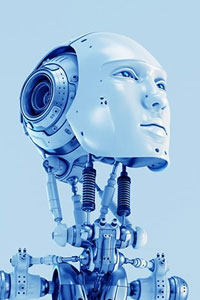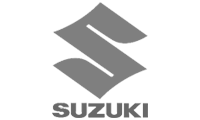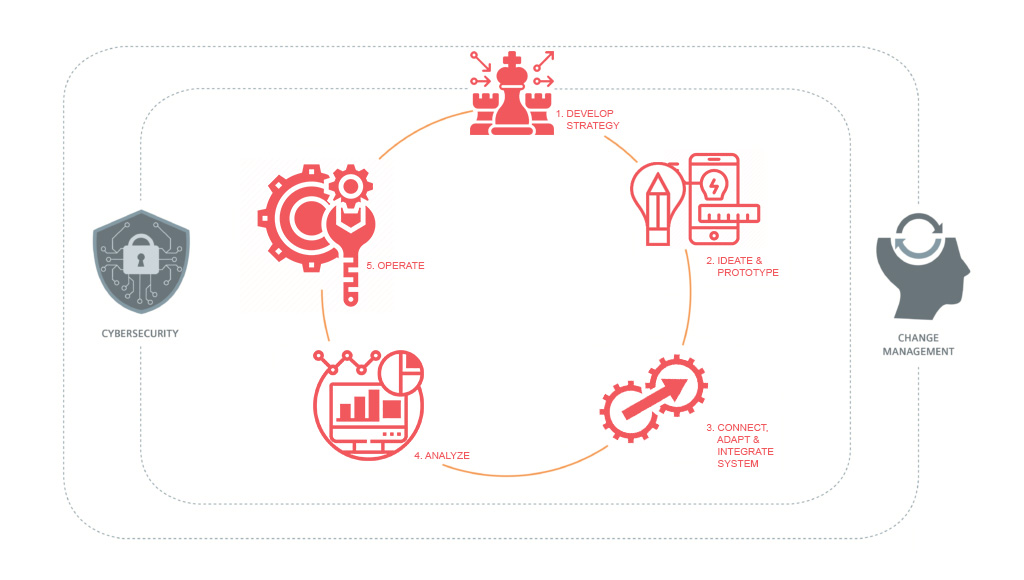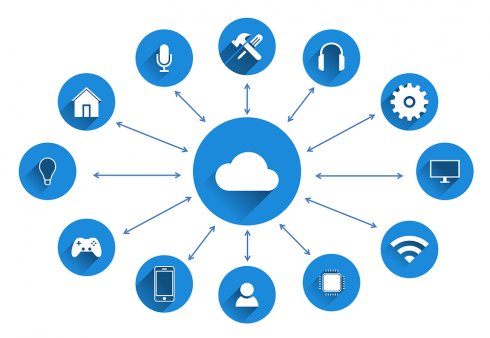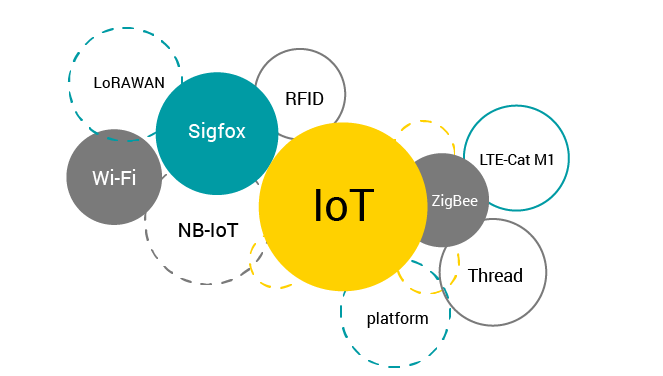Developing the IoT strategy, aligning it to operations, technology and with the organisation's business models requires attention from the start. The strategic concerns should be addressed well before the start of IoT implementation and should be revisited throughout the process.
Existing strategic assets may have to be reshaped, adapted, or even eliminated according to the emerging scenarios, changes and innovations. Companies need to ensure that all of their assets are leveraged to their full extent.





